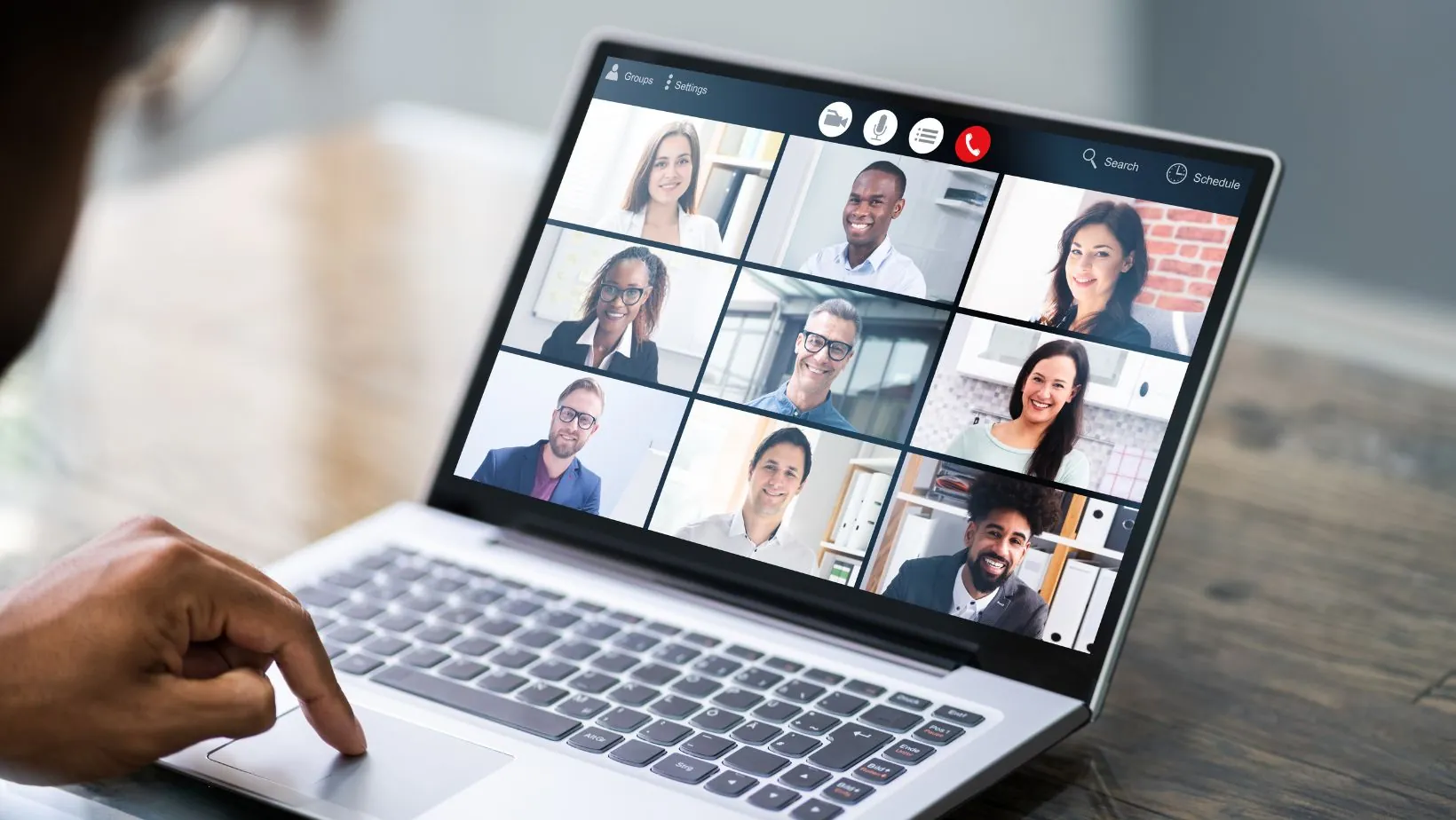Webinars are a robust education, marketing, and professional development format that has taken off recently. A mashup of “web” and ” seminar,” webinars are live, online interactive events where participants from multiple locations can join for a real-time experience. As we communicate digitally, it is ever-changing, so knowing the difference between webinars may have a newly acquired meaning for anyone who wants to create an engaging online experience.
What is a Webinar?
A webinar is a live or online recording where the presenter shares information with an audience. It often encompasses elements like slideshows, videos, polls, and question-and-answer portions, which makes it an interactive way to get information across and learn. Webinars can be used for various purposes, such as training sessions, product demonstrations, workshops, and conferences. Webinars reach a global audience instead of traditional seminars, where participants must be physically present.
Benefits of Hosting Webinars
The most significant benefit of webinars is cost-saving as they reduce all travelling and venue setup costs and teach how to host events on a budget. Also, webinars are accessible worldwide, skyrocketing participation and engagement to higher numbers, enhancing an organisation’s business or learner benefits. Webinars can be recorded and uploaded for on-demand viewing, which is an excellent option because you don’t have to worry about users who cannot attend the live scheduled event.
Additionally, webinars come with interactive elements such as polls, chat functions, Ask the Expert sessions, etc., which promote engagement and interactivity where participants can pose their queries in real time, ensuring instant gratification for all attending, thereby improving the session experience. What is a webinar platform?

Webinar platforms generally include analytics, which can monitor who attends and their engagement levels as well as feedback the participants provided, giving you invaluable insights to measure just how practical your webinar was and to make improvements for future webinars.
Types of Webinars
There are different types of webinars, and each type is used for a different purpose.
- Educational Webinars: These are the ones that aim to educate their participants on particular topics (like industry/subject understanding and skill development). Frequent educational webinars appear with professional speakers who will also share their views and understanding.
- Promotional Webinars: Primarily used to promote businesses, products, or services. They allow companies to exhibit their new or complicated products, provide case studies, and demonstrate them to potential customers to generate leads and increase sales.
- Panel Discussions: This format entails a group of experts discussing a specific subject. The audience can ask the panel questions, which should be exciting and informative.
- Workshops: In these webinars, learners train with the teacher through exercises or group work. Workshops are usually more interactive than a typical lecture.
- Q&A Sessions: The main feature of these interactive webinars is the opportunity for participants to ask questions about a certain topic, good, or service. They might be stand-alone activities or follow a presentation.
- Marketing Webinars: Marketing webinars advertise a company, item, or service. They frequently contain persuasive components and call-to-action techniques to turn attendees into leads or customers.
How to Host a Successful Webinar
What is a webinar, and how to host it? A webinar requires meticulous planning and execution to be effective. Here’s a step-by-step tutorial to assist you in doing that:
- Choose a Relevant Topic: Select a topic that interests your target audience. Conduct a survey or research to offer the most pertinent content for your participants.
- Select the Right Platform: Different platforms, such as Zoom, GoToWebinar, and Microsoft Teams, can host webinars. Select a provider offering the required features, capacity, and experience.
- Promote Your Webinar: You can promote the webinar on your website using social media and email marketing strategies. Use eye-catching graphics and easy-to-understand text to grab attention and entice registrants.
- Engage Your Audience: You can engage with your audience by leveraging polls, keeping time for Q&A, and sharing some questions. The better your audience is, the more engaging it makes your content. Payout in experience is directly proportional to how memorable your content can be.
- Follow-up: After your webinar ends, mail a thank-you note to all participants with a link to the recording and some bonus resources. This follow-up extends the discussion and promotes continued interaction.
Challenges and Solutions
Webinars do have their benefits but are fraught with issues as well. A webinar will not perform as well if it experiences technical glitches, participants stop paying attention, or the event is boring.

To overcome these challenges, you need to:
- Test Technology: Prepare a simulation before the event to diagnose and correct technical problems. A working software properly.Connected to a reliable Internet.
- Engage Throughout: Use interactive features to keep all of your participants engaged. Include multimedia, use videos, or even bring in a speaker to keep it interesting.
- Gather Feedback: After attending your webinar, listen to feedback from the audience to determine what needs to be perfected. Use this information to adjust your presentation in future webinars.
Conclusion
Webinars are changing how we learn, interact, and communicate in a world that is becoming increasingly digital. They offer a way for universities and employers to connect with more people, making education and professional development more accessible. Businesses and educators can better use webinars for learning and drive engagement by knowing the basics of webinars and hosting strategies. As technology develops, the importance of webinars in our lives is increasing, establishing them as a tech deeply rooted in the future.



